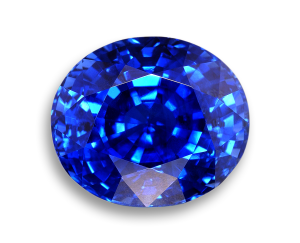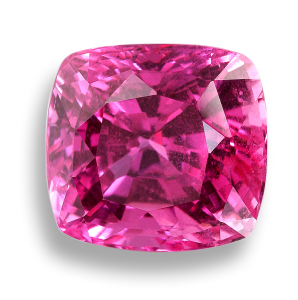 Oh the stories a gemstone can tell! …History says that the tablets brought down by Moses with the Ten Commandments were made of Sapphire. The Persians believed that the world stood on a sapphire and the color of the sky was a mere reflection of that stone’s color. Many cultures believe that Sapphires had health giving properties. Whilst that may exaggerate the truth, to this day, many people believe sapphires brings you good luck and good fortune. This is one reason why the stone is so popular for jewelry such as engagement rings. Prince William gave Kate Middleton, Princess Diana’s lovely blue Ceylon Sapphire….so it truly is a stone meant for Royalty.
Oh the stories a gemstone can tell! …History says that the tablets brought down by Moses with the Ten Commandments were made of Sapphire. The Persians believed that the world stood on a sapphire and the color of the sky was a mere reflection of that stone’s color. Many cultures believe that Sapphires had health giving properties. Whilst that may exaggerate the truth, to this day, many people believe sapphires brings you good luck and good fortune. This is one reason why the stone is so popular for jewelry such as engagement rings. Prince William gave Kate Middleton, Princess Diana’s lovely blue Ceylon Sapphire….so it truly is a stone meant for Royalty.
What kind of gemstone is Sapphire?
What Color is Sapphire gemstone?
Where are Sapphire gemstones found?
The quality and color of Sapphires can vary enormously and one element of value can be the region it came from. Today, Sapphires are mined in Australia which is the largest producer of Sapphire by volume, as well as in East Africa, Madagascar, Myanmar, Thailand and Sri Lanka. In Australia, there are mostly found in New South Wales and Queensland. Myanmar has a set of famous mines in the Mogok region, and in Thailand there are sapphire deposits in Chantaburi and Kachanaburi. Sapphires from Sri Lanka are mostly from the Ratnapura district. The best deposits in the USA are in Montana, especially those known as Yogo Sapphires. There are also gorgeous blue stones found in Kashmir – though these are difficult to source given political issues in that location.Synthetic sapphire is made on a fairly large scale, about 250 tons annually mostly in the USA and Russia. It has none of the impurities of the natural gemstone which is one way of distinguishing between natural and synthetic sapphires – click here to learn more about the differences between synthetic and natural stones.
Physical Properties of Sapphire
Color Various except ruby red.Crystal Trigonal
Mohs 9
Specific gravity 3.95 – 4.03
What are Sapphires used for?
As already stated Sapphire is extremely hard so it has uses far beyond the decorative. The uses included industrial use for solid state electronics and optical components, scientific instruments, wrist watch crystals and movement bearings. Synthetic production means there is never a shortage of raw material for industry.
However, the sapphire is a prized and valuable gemstone for jewelry and its hardness means that it is extremely difficult to damage. Given their structure, Gem cutters tend to shape them into ovals or cushions to preserve as much of the original stone as possible. Those that are made into round shapes involve removing a good deal of the rough sapphire at the later stages in the cut and hence they are more expensive than the oval or cushion.
When all is said and done….
Sapphire is a highly valuable gemstone which is extremely popular for standard jewelry, albeit expensive, and for gifts to commemorate birthdays and anniversaries. Blue is the most popular of the colors which reflects both the popularity of the color in general and the range and depth of the blues that can be found.
It is also a stone with uses far beyond decoration but it’s the appearance that wins the day for sapphire in its natural form.
